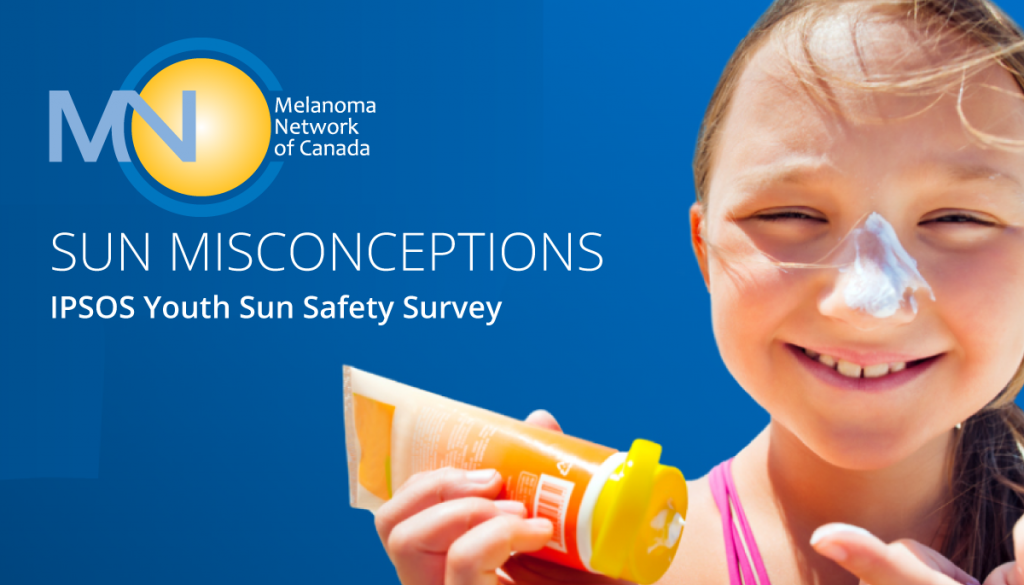A new study from the Melanoma Network of Canada uncovered that large gaps exist in the understanding of melanoma and impacts of sun exposure on the skin as well as in the knowledge and attitudes towards sun safety and protection efforts in youth aged 15-29.
Two-thirds of Ontario youth (65%) acknowledge that while they know sun safety is important, they don’t always take the appropriate steps to protect themselves. Furthermore, fewer than half report they regularly take steps to protect their skin from the sun, even during the sunny summer months.
A history of sunburn and tanning is an important risk factor for melanoma and with 59% of survey respondents noting that they have experienced a severe sunburn before, the potential for new incidences of melanoma is jarring.
“It is estimated that 7,600 Canadians will be diagnosed with melanoma this year, and it is one of the most commonly diagnosed cancers among youth aged 15-29. Yet it is also one of the most preventable cancers – but only if individuals are practicing proactive, early prevention tactics, said Annette Cyr, Founder & Chair of the Board of the Melanoma Network of Canada and a three-time melanoma survivor. “Protecting your skin from harmful UV rays and regularly checking your skin for signs of melanoma should be part of an overall wellness strategy.”
The survey also revealed that Ontario youth lack confidence in their knowledge about melanoma and how to detect it. Fewer than half (45%) of youth feel confident in their ability to recognize melanoma and only three in ten (30%) check their skin monthly, while 25% do not check their skin at all.
“Improving knowledge of sun safety and melanoma is important to increasing the frequency of sun protection behaviours,” said Dr. Elaine McWhirter, Staff Medical Oncologist at the Juravinski Cancer Centre and Associate Professor at McMaster University. “We need to arm our youth with greater knowledge of sun safety practices, so they themselves can regularly engage in sun safety behaviours.”
Key Highlights
Sun safety is not always top of mind for youth resulting in less frequent sun protection behaviours
- Two-thirds (65%) acknowledge that while they know sun safety is important, they don’t always to take the appropriate steps to protect themselves.
- Fewer than half report they regularly take steps to protect their skin from the sun even during the sunny summer months.
Most youth do not regularly apply sunscreen regardless of the season
- During the sunny summer months, four in ten (39%) report they regularly apply moisturizer/ make-up with SPF in the morning while one-third (34%) apply sunscreen. Considerably fewer do so in the summer when it is cloudy or in the winter months.
- Six in ten (59%) indicate they have experienced a severe sunburn before.
Misconceptions exist about sun safety among youth
- Six in ten (60%) believe exposure to the sun is the best way to get vitamin D.
- Half of youth think sunscreen can include ingredients which are harmful to the environment (55%) or their body (49%).
- Four in ten (43%) believe that SPF 30 provides twice the protection of SPF 15.
Youth are not confidence in their knowledge about skin cancer and melanoma and how to detect it
- The most common unknown sun safety facts relate to melanoma specifically including whether the incidence of diagnosis is changing (50% don’t know), if melanoma is the most aggressive form of skin cancer (42%) and if it is increasing among young people (39%).
- Fewer than half (45%) of youth feel confident in their ability to recognize melanoma and only three in ten (30%) check their skin monthly or more often (25% who do not check their skin at all).
- Knowledge of the ABCDEs of melanoma is mixed. Two in ten (22%) are aware of all of them, while one-quarter (25%) aren’t aware of any while the remainder of youth have more moderate knowledge.
Improving knowledge of sun safety and melanoma is important to increasing the frequency of sun protection behaviours
- Youth with higher knowledge of sun safety and melanoma are more likely to engage in sun safety behaviours regularly (including wearing sunscreen)
- Those least knowledgeable skew male and younger (particularly 18-20) and are less likely to be Caucasian.
Youth want to learn more about sun safety
- Seven in ten (69%) want to learn more about how to prevent skin cancer and two-thirds (64%) want to learn more about pre-mature aging.
17% of youth have used a tanning bed before driven mostly by a desire to get a tan before a vacation/ event
- A primary challenge is this audience feel more knowledgeable about sun safety and take steps to protect themselves from the sun and they know that tanning is worse for them than sun exposure.
- Dispelling the misconception that getting a base tan is a good way to protect their skin, reinforcing the counter-intuitive nature of tanning to their health and emphasizing the importance of higher SPF will be important among this audience.


Add Comment